Country house market: Expert predictions for 2017
You may be surprised at the number of really good houses coming to the market.
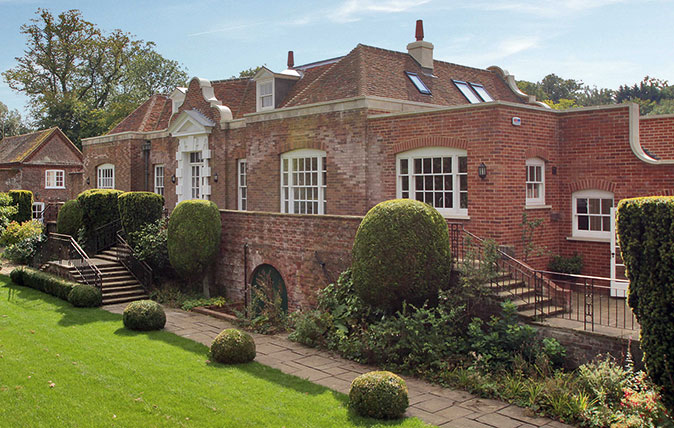

With the shadow of Brexit hanging over the market place, a climate of uncertainty is likely to be the norm for some years to come. Meanwhile, memories of the early 2000s boom and the crash that followed it are fading fast. With young investment bankers no longer part of the scenario, in 2017, the country property market will be dominated by four groups of buyers: downsizers looking to move before it’s too late; full- or part-time commuters moving to the country for schooling or lifestyle reasons; British expatriates keen to take advantage of favourable sterling exchange rates; and international buyers who still see Britain as a safe haven in a world gone mad.
This is the time of year when country-house agents invariably complain about ‘a chronic shortage of new properties coming to the market’. However, the experience of the past two years suggests that lack of supply may be less of a problem in 2017, say Strutt & Parker, which agreed three times the amount of sales above £2.5 million between January and June 2016 compared with the same period of 2015—which, in turn, had seen double the amount of sales in that price bracket compared with the year before.
In reality, there is probably no shortage of houses on the market— what it is short of is houses priced at levels that buyers are prepared, or can afford, to pay, taking account of the high cost of moving. That’s not to say that vendors should roll over and take the first offer that comes along, but if they’re serious about selling in 2017, they may have to accept that the house they bought 10 years ago—and have almost certainly spent loads of money doing up —may well be worth no more than the price they paid for it.
On the other hand, many vendors are also buyers and what they lose on the swings, they can often gain on the roundabouts. Downsizers in particular may be surprised at the number of really good houses currently for sale at about, or just below, the dreaded £2 million Stamp Duty threshold.
Edward Church, who heads up Strutt & Parker’s operations in Kent (01227 473700), quotes a guide price of £1.85 million for elegant, Grade II-listed The Dower House (Fig 1) in Boughton Road, Sandway, near Lenham, which he describes as ‘the perfect downsizer’s house... a true oasis in a modern world, a country estate in miniature’—precisely the concept that Eric Akers Douglas, 3rd Viscount Chilston, had in mind when, in 1952, he chose the most beautiful part of his family’s Chilston Park estate as the setting for the house of his retirement.
Designed for the utmost privacy despite its proximity to the main, château-style estate house, which it strongly resembles, this unique rural retreat stands in a commanding position within more than 13 acres of wonderful formal gardens and lush green lawns running down to a lake and comes with numerous outbuildings, including an aviary that once housed the Viscount’s exotic collection of birds.
After his death, the estate was split up and sold off and, in 1987, song- writer and composer Eric Woolfson —possibly best known as the inspiration behind the internationally renowned Alan Parsons Project—bought The Dower House. It has been the Woolfson family’s much-loved country home ever since.
Sign up for the Country Life Newsletter
Exquisite houses, the beauty of Nature, and how to get the most from your life, straight to your inbox.
This very special house boasts three grand reception rooms, a conservatory, a kitchen/breakfast room, four main bedrooms, three bath/ shower rooms, a wine cellar, a two-bedroom cottage and a detached three-room music studio.
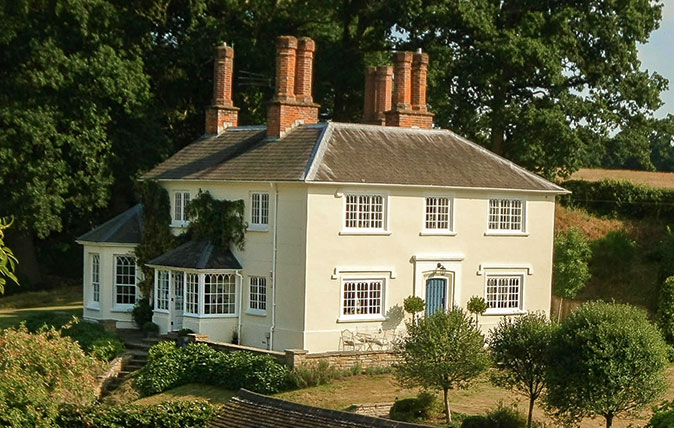
Described by selling agents Savills (020–7016 3822) as ‘one of Surrey’s most iconic houses’, Chapel Farm House (Fig 2) overlooks the village green and cricket field (claimed to be the second oldest in the country) in the heart of the picturesque village of Tilford, near Farnham. Launched in late September at a guide price of £3.25m, this delightful family house on the banks of the River Wey had its price reduced to £2.995m in November, presumably in a bid to secure a sale before the Christmas watershed.
The vendors, who moved there from London in 2002 to take advantage of the area’s excellent choice of schools and vibrant lifestyle, have considerably improved and extended the house, which has three main reception rooms, a superb kitchen/breakfast room, a large master suite, three further bedrooms and two bath/shower rooms, plus a beautifully converted, two-bedroom period barn annexe.
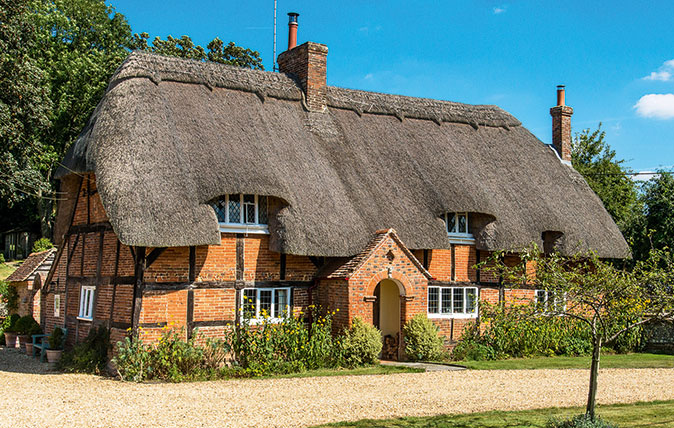
Dollar-earning British expatriates will be enchanted by the old-world charm of Grade II-listed Butler’s Farm (Fig 3) on the western edge of the village of St Mary Bourne in the valley of the Bourne rivulet, a tributary of the River Test, some five miles north of Andover in north-west Hampshire. Even more so by the guide price of £1.75m quoted by joint agents Knight Frank in Hungerford (01488 682726) and Jackson-Stops & Staff in Winchester (01962 844299) for the pretty thatched farmhouse and outbuildings set in 11.3 acres of gardens, orchard, bluebell woods and paddocks. An additional 3.4-acre paddock is available by separate negotiation.
For sale for the first time in 47 years, the farmhouse—which dates from the 17th century with 18th- and early-19th-century additions—is rich in character, with a wealth of beamed walls and ceilings, old oak doors, inglenook fireplaces and oak floors, yet is remarkably light for a timber- framed house, and boasts good ceiling heights.
Down in the sporting heart of Dorset, returning expatriates and horse-mad families will appreciate both the architectural integrity and the state-of-the-art equestrian facilities of The Manor House, Lower Blandford St Mary, which stands in some 34 acres of lovely gardens, grounds and paddocks within the ancient village, a mile or so south of Blandford Forum.
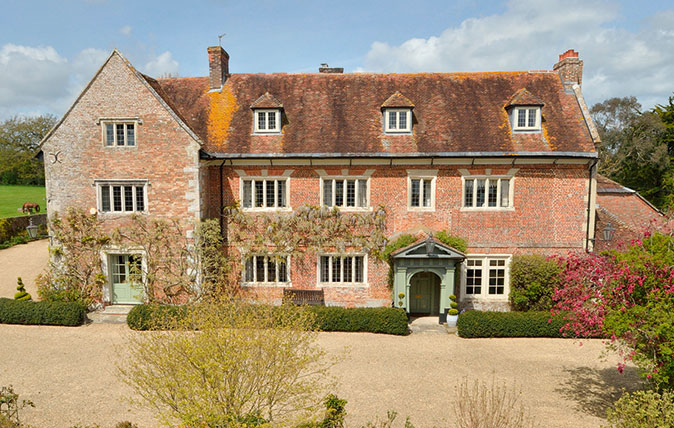
For sale through joint agents Knight Frank (01935 812236) and Savills (01202 856800) at a guide price of £2m, The Manor House (Fig 4), listed Grade II*, dates from the early 17th century and was remodelled in about 1700 and again in the mid 18th century. It offers more than 8,000sq ft of spacious family accommodation, including four reception rooms, a study, a kitchen/breakfast room, a large master suite, six bed- rooms, four bathrooms and four additional second-floor rooms.
Sea-faring families lucky enough to have sold their London home for a decent price can live the waterside dream at Chy-an-Mor on the western bank of Cornwall’s Fal estuary, yet still keep in touch with the rest of the world, thanks to the county’s super-fast broadband, Flybe’s daily shuttle service to Gatwick and the Government’s recent decision to create dual carriageways on two notoriously busy stretches of the main A30 in Cornwall.
All this is home ground for expert sailor Jonathan Cunliffe of Savills in Truro (01872 243201), who is seeing a welcome revival in the market for waterside houses and quotes a guide price of £2.75m for Chy-an-Mor (Fig 5), whose name, incidentally, means ‘house by the sea’.
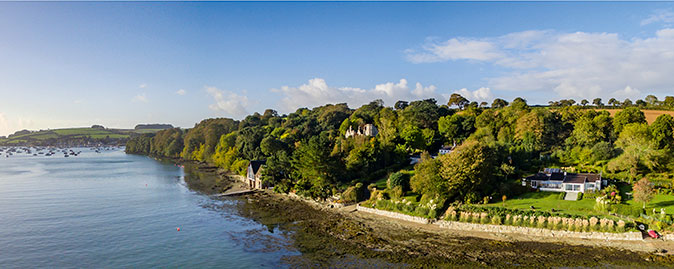
Midway along the western side of the Carrick Roads estuary between Falmouth and Truro in south-west Cornwall, the Greatwood area offers genuine rural tranquillity a mile or so from the popular village of Mylor Bridge and six miles from the bustling harbour-side town of Falmouth. Set in the former grounds of Great- wood House, Chy-an-Mor is an interesting single-storey house set in magical, park-like gardens of some 2½ acres, with direct water access and owner- ship of the foreshore to mean low water.
Originally built in 1979 and renovated and extended over the years, the house, which has ‘jaw-dropping’ views across the Carrick Roads towards St Just in Roseland and St Mawes, has been continually upgraded by its present owners during their 13-year tenure. The main open-plan living area to the front has floor-to-ceiling windows to make the most of the spectacular views; to the side is a heated swimming pool with a south-facing guest room alongside.
The remaining three bedrooms all have garden views. Behind the house is a set of stables and a small paddock, once part of the orchards of Greatwood House.
In total contrast, buyers looking for grand country living within easy commuting distance of the northern commercial hubs of Manchester and Sheffield can find it at majestic, Grade II-listed White Hall (Fig 6) in the pretty hamlet of Whitehough, near Chinley, in the heart of Derbyshire’s dramatic High Peak.
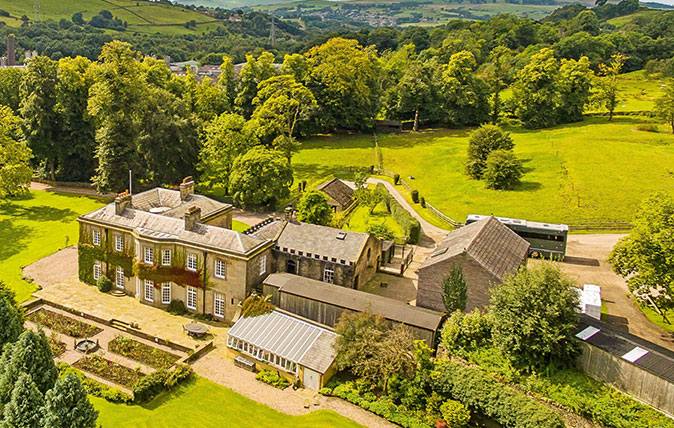
Liz Dennison of Strutt & Parker’s Harrogate office (01423 594793) quotes a guide price of £1.9m for the magnificent stone mansion, set in some 12½ acres of formal gardens on the banks of the Black Brook, which runs through the valley in the shadow of towering Eccles Pike. Further land is available if required.
Built in about 1850, the house exudes the splendour of the High Victorian period with its high ceilings and corniced ceiling mouldings, oak doors, ornate marble fireplaces and full-height casement windows that flood the interior with light. The entire property has been impeccably refurbished by the current owner over the years and now needs only minimal refurbishment, the agents say.
The accommodation is impressive but manageable, with four reception rooms, a fully equipped Mark Wilkinson kitchen, master and guest suites and two double bedrooms in the main house, with a further two bedrooms in the adjoining annexe.
The equestrian facilities are no less splendid, comprising 12 stables, tack and feed rooms, three hay barns, a floodlit manège, a dressage arena, horse-walkers and four post-and- railed paddocks.
Even in uncertain times, residents of White Hall can sleep soundly in their comfy beds, thanks to a state- of-the-art security system that includes nine cameras with remote-viewing facilities, with super-fast broadband on sole connection—certain to provide even greater privacy and peace of mind.
-
 Six rural properties with space, charm and endless views, as seen in Country Life
Six rural properties with space, charm and endless views, as seen in Country LifeWe take a look at some of the best houses to come to the market via Country Life in the past week.
By Toby Keel Published
-
 Exploring the countryside is essential for our wellbeing, but Right to Roam is going backwards
Exploring the countryside is essential for our wellbeing, but Right to Roam is going backwardsCampaigners in England often point to Scotland as an example of how brilliantly Right to Roam works, but it's not all it's cracked up to be, says Patrick Galbraith.
By Patrick Galbraith Published
